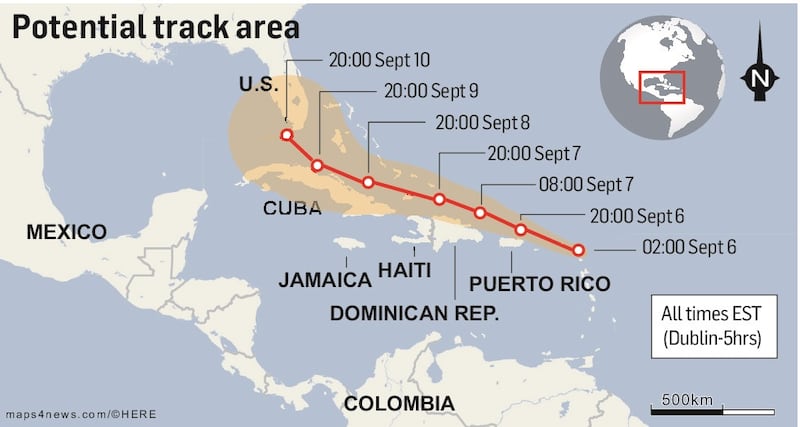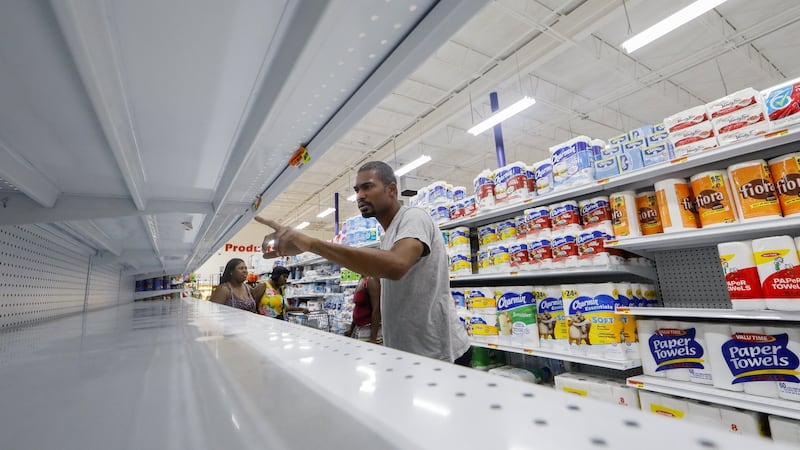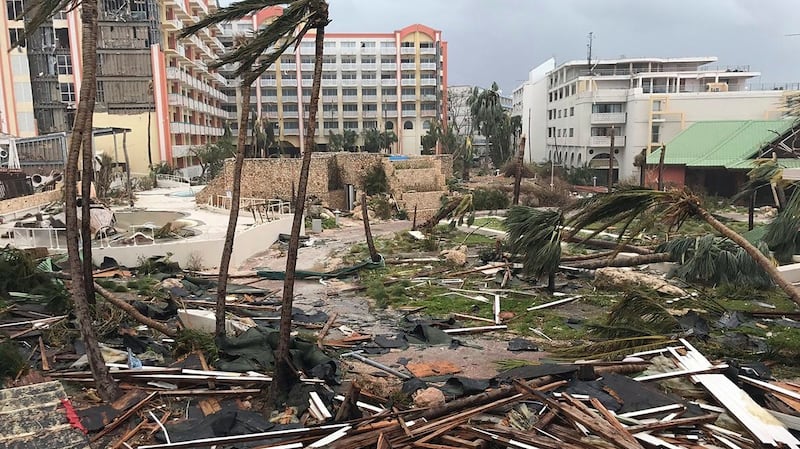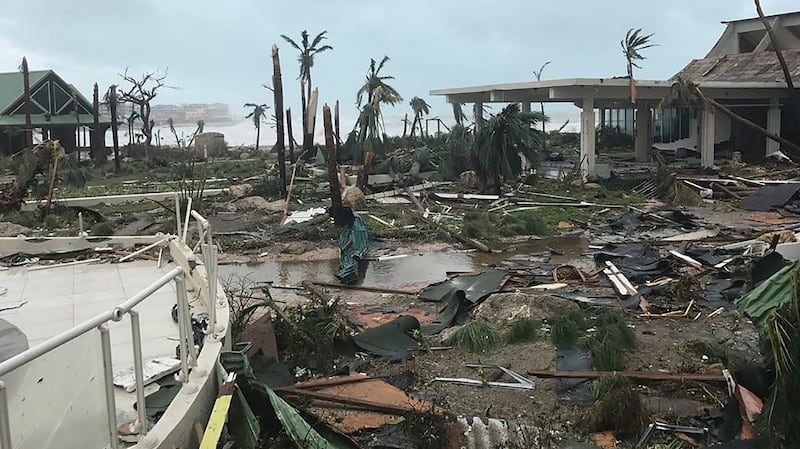An emergency declaration for South Carolina has been issued by US president Donald Trump amid fears that Hurricane Irma could hit states north of Florida.
There are concerns that the category five hurricane, which is fast-approaching the United States, could veer north, leaving the states of Georgia, South Carolina and North Carolina in danger, though meteorologists are still divided about the exact trajectory of the storm.

The announcement by the president came as thousands of residents evacuated Florida on Thursday, as Hurricane Irma continued its relentless path across the Caribbean, leaving widespread destruction in its wake.
As the death toll rose to at least a dozen, the category five hurricane is moving towards the Dominican Republic and Haiti, with landfall in the United States mainland expected this weekend.

Buildings and power lines were destroyed in Puerto Rico, the US territory of 3.7 million people, though the storm did not make landfall directly. The eye of the hurricane passed just north of the island, leading to winds of almost 300km/h and 30ft waves.
Emergency shelters
At least three people were reported to have died in Puerto Rico and more than 6,000 people remained in emergency shelters set up across the island. Power was cut off in about 70 per cent of the island.

The hurricane continued to pass over the Dominican Republic and Haiti on Thursday with the British overseas territory of Turks and Caicos, the Bahamas and parts of Cuba next in the storm’s path.
In the US state of Florida, the southernmost part of the mainland US, lines of traffic filled the highways heading north while car owners queued for petrol as some gas stations ran out of fuel.
There were growing fears that the hurricane could hit the states of Georgia and North and South Carolina, pending a shift in its trajectory, though Florida remained most likely to receive the brunt of the storm.
Precise trajectory
Meteorologists were divided on the precise trajectory of the storm, though some models showed Hurricane Irma directly making landfall over Miami.

As officials warned that the island of Barbuda - the first to be hit by Hurricane Irma as it made its way west across the Atlantic - was barely habitable, residents of Florida were told to evacuate.
Philip Levine, the mayor of Miami Beach, said all residents should leave the area. “This is a very serious, incredibly powerful storm. I call it a nuclear hurricane,” Mr Levine told CNN. “I recommend and strongly urge all our residents and visitors to leave Miami Beach.”
He said rescuers would not be able to reach people in Miami Beach or the Florida Keys once the storm has hit them. “When that storm hits we’re not going to put the lives of our first responders in jeopardy,” he said. “We don’t want heroes. This isn’t about devastation, it’s about evacuation.”
Hurricane Andrew
The National Weather Service warned that winds and floods in Florida could make buildings “uninhabitable for weeks or months”, though many buildings in the area were rebuilt and reinforced after Hurricane Andrew in 1992.
Speaking at a press conference on Thursday afternoon, Florida governor Rick Scott warned residents of Florida to leave. “My biggest concern right now is that people are not taking seriously enough the risk of storm surge,” he said. “We could have five to 10 feet of storm surge - it could cover your house.
“It’s already killed a lot of people in the Caribbean - don’t think you can ride out this storm,” he urged, noting the storm could change direction at any time. “I cannot stress this enough: get prepared now.”
As the Caribbean reeled from the devastation of Hurricane Irma, concerns were growing about Hurricane Jose, which was continuing to pick up pace further east in the Atlantic.
The storm was upgraded to a category two, with winds of 105 miles per hour. A hurricane watch was put into effect for Antigua and Barbuda, with the storm expected to intensify into a major hurricane by Friday, though its exact path remains unclear.














